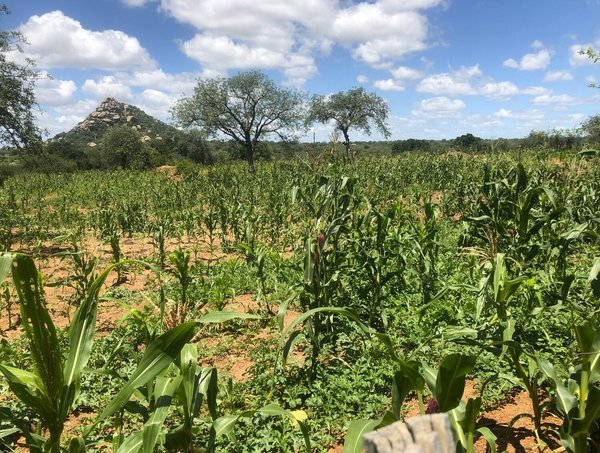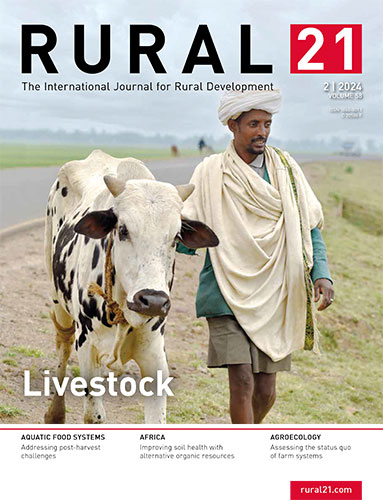 Read this article in French
Read this article in French- Share this article
- Subscribe to our newsletter
Redistributing nitrogen enhances food security and sustainability
Alongside water, nitrogen used as fertiliser is a decisive factor in terms of crop yield and hence food security. However, nitrogen input is very unequally distributed across the world. Rich countries tend to use too much nitrogen fertiliser, which pollutes water bodies and reduces biodiversity.
In contrast, the Global South lacks the nitrogen needed to ensure sufficient harvests. A survey by the Universities of Göttingen/Germany, Helsinki/Finland, Chicago/USA and the Potsdam Institute for Climate Impact Research/Germany has now established that an optimised redistribution of fertiliser input world-wide would improve food security and sustainability globally. According to the survey, redistribution could raise plant production by 12 per cent, whereas current maize, rice and wheat production could be maintained with a mere 53 to 68 per cent of today’s nitrogen volume. The results of the survey were published in the specialist journal PNAS Nexus last May.
The scientists worked out the optimal distribution of nitrogen input for the production of maize, rice and wheat across countries and sub-national regions. For this purpose, they compiled simulation results of plant growth models world-wide. They modelled grain production both for today’s level of nitrogen consumption and also for lower variants regarded as sustainable.
In addition, they calculated how much nitrogen would be sufficient to maintain today’s level of production. “If today’s world-wide nitrogen consumption were optimally distributed, countries suffering from significant food insecurity could consume eight times more nitrogen and produce 110 per cent more food,” explains Professor Reimund P. Rötter, Director of Tropical Plant Production and Agricultural Systems Modelling at the University of Göttingen. In contrast, some regions with excessive nitrogen consumption would produce only slightly less food.
Current nitrogen consumption is exceeding the limits of sustainability
“Over the last few decades, the use of mineral fertiliser has reached a level beyond the limits of sustainability,” says Rötter. If world-wide nitrogen consumption were lowered to 33 to 43 per cent, which corresponds to the “planetary boundary” defined as sustainable, this would reduce global food production by seven to 16 per cent. However, the research team maintain that this gap could be filled, also by using more nitrogen-efficient plants, completing nutrient cycles and changing diets. “Our survey shows that a redistribution of nitrogen input could enhance food security world-wide. At the same time, it would protect the planet by reducing excessive fertilising with nitrogen in some regions,” Rötter says.
(University of Göttingen/wi)
Reference: Helena Kahiluoto et al. Redistribution of nitrogen to feed the people on a safer planet. PNAS Nexus, May 2024. Doi: https://doi.org/10.1093/pnasnexus/pgae170.





Add a comment
Be the First to Comment